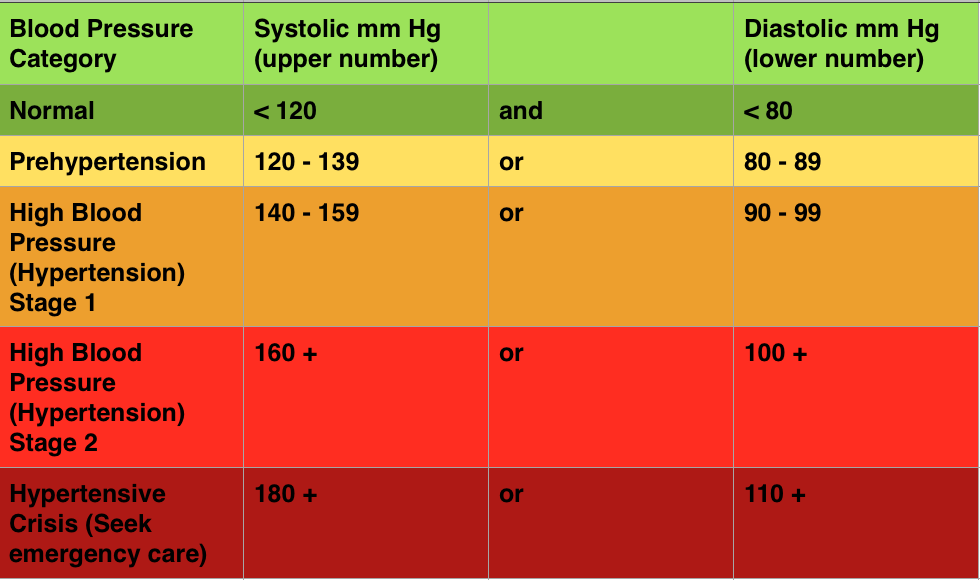There are two types of high blood pressure. The first is primary hypertension (also known as “essential hypertension”) whereby a person has high blood pressure that worsens over time with no apparent underlying cause. This is usually attributable to genetic factors. The second type, secondary hypertension, occurs as a result of another disease or condition. It may be due to kidney disease, diabetes and autoimmune conditions such as lupus.
Why it’s important to measure your blood pressure regularly
If you have high blood pressure you should take steps to improve your health. High blood pressure puts you at risk for a range of illnesses and conditions such as stroke and heart disease. It may also point to an underlying health problem that requires urgent treatment. It is, therefore, important to monitor your blood pressure. Take it every month using a home monitoring device and be sure to attend regular check-ups as directed by your physician.
What does your reading mean?
Look at the table below to interpret your blood pressure reading.
What to do if you have high blood pressure
If you have a high reading, it is important that you make an appointment to see your doctor as soon as possible. If the top number is 180 or higher or the bottom number is 110 or above, you must call an ambulance because such high readings indicate a medical emergency known as hypertensive crisis. Aside from high blood pressure readings, symptoms include nosebleeds, a bad headache, and dizzy spells. As a hypertensive crisis is rare, you should always take a second reading before calling for help. If you are sure that your reading is dangerously high, seek help without delay. Hypertensive crisis can result in damage to the lungs, swelling in the brain, and seizures.
How to control your blood pressure
If you have high blood pressure, your doctor may recommend one or more forms of treatment. Potential interventions include medication, weight loss and dietary changes.
The Dash Diet
One of the best ways to prevent and manage high blood pressure is to eat a healthier diet. The DASH diet (Dietary Approaches to Stop Hypertension) is often recommended to patients with high blood pressure. It entails reducing levels of cholesterol and sodium. There is a strong emphasis on fruits, vegetables, lean proteins and whole grain foods. Fish rich in omega-3 fatty acids is also recommended as part of a DASH diet as it is believed to have a protective effect on the cardiovascular and circulatory systems. Those following this diet are also advised to avoid red meat, excess alcohol and coconut oil.
Exercise regularly
It is also important to exercise regularly. Cardiovascular workouts three times a week between 30 and 60 minutes per session will improve your overall health and help lower your blood pressure. Exercise is also a good way of relieving stress, which may be another factor contributing to high blood pressure.
Medications
If lifestyle modifications do not work, there are several different types of medications that a doctor may prescribe to lower high blood pressure. Diuretics, also referred to as “water pills,” are used to remove excess levels of sodium. Beta-blockers may be recommended as a means of slowing the rate blood passes through the veins. Alpha blockers may be employed to help blood flow more freely by preventing the usual mechanism by which the nerves in the body constricts the blood vessels. These medications, together with lifestyle adjustments, can help the majority of patients get their blood pressure under control. So if you suspect you have high blood pressure, make an appointment to see your physician today. Featured photo credit: Freepik via freepik.com
